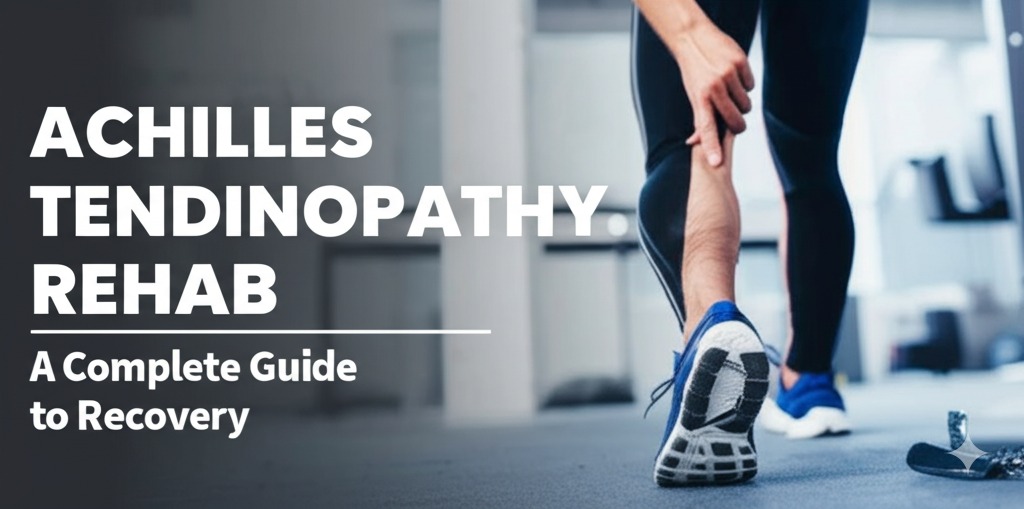Introduction
Achilles tendinopathy is a common yet frustrating condition that affects athletes, runners, and active individuals. Characterized by pain, stiffness, and inflammation in the Achilles tendon, this condition can hinder mobility and daily activities. Proper rehabilitation is crucial to ensure full recovery and prevent recurrence. In this guide, we’ll walk you through everything you need to know about Achilles tendinopathy rehab, including causes, effective treatment strategies, and expert recovery tips.
Understanding Achilles Tendinopathy
What is Achilles Tendinopathy?
Achilles tendinopathy refers to the degeneration of the Achilles tendon due to overuse, repetitive strain, or improper biomechanics. It is commonly seen in runners, jumpers, and those who suddenly increase their activity levels.
Common Causes and Risk Factors
- Overuse and repetitive strain – Excessive running, jumping, or sudden activity changes
- Poor footwear – Lack of proper support can strain the tendon
- Tight calf muscles – Limited flexibility increases stress on the Achilles tendon
- Weak lower leg muscles – Reduces the ability to absorb impact effectively
- Poor biomechanics – Flat feet, improper running form, or misalignment can contribute
Effective Rehabilitation Strategies
1. Rest and Activity Modification
Reducing high-impact activities is the first step in rehabilitation. However, complete rest is not recommended for long periods. Instead, opt for low-impact exercises like swimming or cycling to maintain fitness while allowing healing.
2. Pain Management Techniques
- Ice therapy – Apply ice packs for 15-20 minutes to reduce inflammation
- Anti-inflammatory medications – Use NSAIDs (if advised by a healthcare provider)
- Heel lifts or orthotics – Help alleviate strain by reducing tendon loading
3. Stretching and Mobility Exercises
Keeping the Achilles tendon flexible is essential. Try these:
- Calf stretches – Hold for 30 seconds, repeat 3-5 times per day
- Foam rolling – Helps release tightness in the lower leg muscles
- Ankle mobility drills – Improve range of motion and reduce stiffness
4. Eccentric Strengthening Exercises
Eccentric exercises have been proven to aid tendon recovery by stimulating collagen production and improving tendon resilience.
Top Eccentric Exercises:
- Heel drops on a step (both straight and bent knee variations)
- Single-leg calf raises
- Seated resistance band foot flexions
5. Gradual Return to Activity
Once pain subsides, a structured return-to-sport program is essential to prevent re-injury. Follow a gradual increase in training intensity, frequency, and volume.
6. Preventative Strategies to Avoid Recurrence
- Warm-up properly before activity
- Strengthen supporting muscles, including the glutes and core
- Use proper footwear suited to your activity
- Listen to your body and avoid sudden spikes in intensity
Conclusion
Achilles tendinopathy rehab requires a structured and patient approach. By following rest protocols, strengthening exercises, and gradual return strategies, you can recover effectively and minimize the risk of recurrence. If symptoms persist, consult a healthcare professional for further guidance. Stay consistent with your rehab, and you’ll be back to full activity in no time!

Kallie Snyder is an author at Stonegate Health Rehab, providing valuable insights, recovery guidance, and rehab resources to help individuals achieve better health and well-being.
